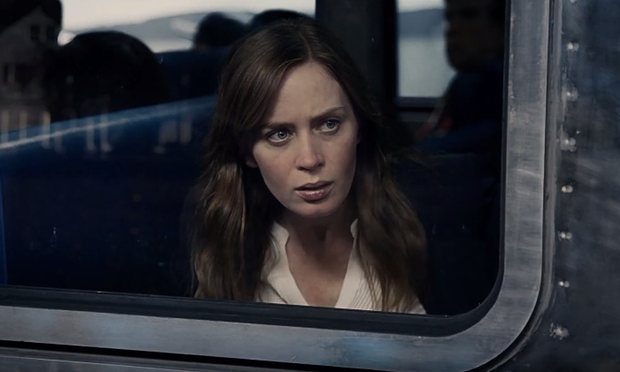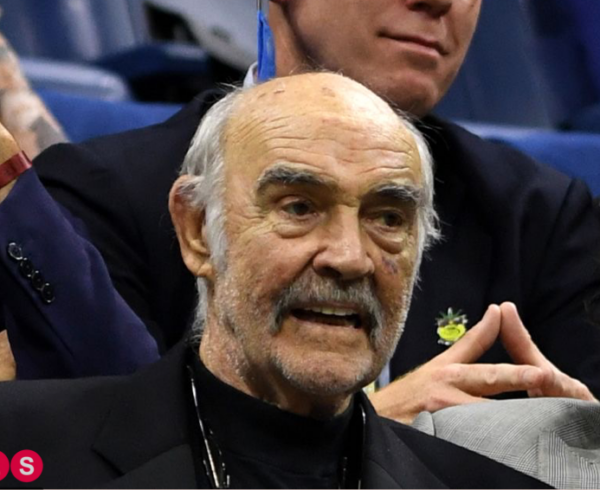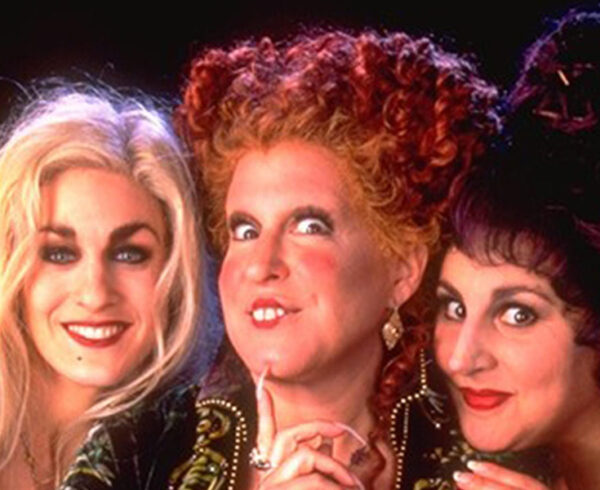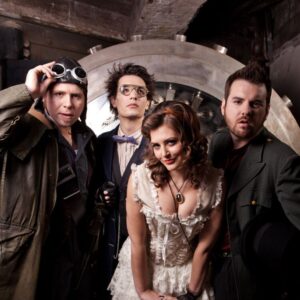“The Girl on the Train”: Can the Director of “The Help” Duplicate Success?
“The book was better than the movie,” people often say of many film adaptations.
Literature and film have been dancing partners since the 1920’s when Frank Norris’ novel McTeague became the motion picture, Greed.
The Girl on the Train is set to be released October 7th, after the book debuted at No. 1 on the New York Times Bestsellers in February 2015 and remained there for thirteen consecutive weeks. With such literary popularity, the film will undoubtedly have a built in audience who will flock to see if it measures up to their beloved book.
Here’s a look at the recently released trailer.
The new film’s director, Tate Taylor, previously made the critically acclaimed The Help,Kathryn Stockett’s novel about African-American maids during the racially charged 1960’s.
Here’s a reminder of that wonderful film, The Help, and its infamous use of “chocolate pie.”
There are at least three crucial strategies in adapting literary material to the screen–ones Taylor incorporated brilliantly in pulling off The Help.
- Style
The sixties had a pristine, idealistic look. It was a time when people still wore their Sunday best to go out and get the paper; when their maids wore pressed uniforms to clean toilets and change diapers.
Taylor paid loving attention to the period’s detail, including the look of storefronts, cars, and simple household items. The way he doused each shot set in the white suburbs in the times’ bright palette, while also showing the dark, grimmer side of town where the maids returned each night enabled the period’s details to tell much of the story.
- Theme
The Help’s weighty themes of human rights and equality were ones we’ve seen portrayed in many films before. By depicting the lives of maids Stockett found a way to show us these through a uniquely new lens.
She advocated for Taylor to direct, having been his friend since childhood. She felt certain he would handle her themes and vision with the utmost care. Together, they shone a new light on racist attitudes of that time, and caused us to think about how they carry over into today’s culture.
Many adaptations flounder because the filmmakers’ sensibilities differ markedly from the book’s creators. They may like a particular book, but they don’t really understand the imagination at work in its creation. Stockett and Taylor’s oneness of mind made for a great adaptation.
- Casting
The pairing of actors and actresses with the literary characters they’ll play is crucial.In The Help, Viola Davis was the embodiment of the downtrodden but maternal Aibileen, while Octavia Spencer, who was Stockett’s inspiration for the character Minny, rightfully won an Academy award for her quick witted, and sassy portrayal.
Jessica Chastain also masterfully brought Mrs. Foote to life, causing us to be unexpectedly sympathetic with the privileged yet heartbroken beauty queen.
A successful adaption leaves you walking out of the theater feeling as though you’ve just witnessed the meet-cute of your imagination and the written page.
After Taylor’s previous hit set in the American South, it will be interesting to see his take on The Girl on the Train, a darker crime drama.
One wonders whether, without the past ties with its author that he benefitted from in The Help, whether his imagination will be as much in accord with the author of The Girl on the Train, Paula Hawkins. Can he pull off an authentic rendition of such drastically different material?
Some might say choosing Taylor to direct was a bit of a gamble, but it certainly won’t stop readers from buying a ticket to find out whether the book will prove to be better than the movie yet again.













Read the book. Looking forward to see how it was adapted for a film.
It will be interesting especially with Blunt as the lead and the switch from London to NYC